
BRIEF DESCRIPTION
Earth is part of the Sol System. It’s the cradle of Humanity, the heart of the Empire, birthplace of mankind. Being the origination of our history, it has remained mired in an “earth first” mentality, even to the detriment of other systems. It is the home of the Imperator, Senate and is the seat of power in the UEE. It also exhibits a steadfast policy of supporting native-born humans above all others. Earth sets the standards for everything that happens in the Empire. It’s the model for our economy, social trends and logistical planning of military campaigns. After nearly a millennium of space travel, Earth is pockmarked with starports. Three of whom have taken the throne as significant centers for importing and exporting goods. New York in North America, Moscow in Europe and Shanghai in Asia.
Link to Aly’s World Star System Dossier Page for Sol
HIGHLIGHTS
- Alignment: UEE
- Habitable Planets include Earth and Mars
- Tod Kesner Space Station which is a large trading hub
- INS Dunleavy Naval base
- IMS Bolliver a restricted Marine base
- Contains two asteroid belts: Herschel and Kuiper
- Gas Giant: Jupiter
- Ice Giant: Neptune
- Jump Points: Crowshaw (Large) and Davien (Large)
- Known For:
- Earth’s Historical landmarks
- RSI headquarters and Museum
- Idris manufacturing in Shanghai
- Bengal carriers orbiting earth
- Large volume export shipping in Moscow
- Illegal cyborg upgrades in Shanghai
HISTORY
Earth is part of the Sol System. It’s the cradle of Humanity, the heart of the Empire, birthplace of mankind. Being the origination of our history, it has remained mired in an “earth first” mentality, even to the detriment of other systems. It is the home of the Imperator, Senate and is the seat of power in the UEE. It also exhibits a steadfast policy of supporting native-born humans above all others. This often puts other systems at an extreme disadvantage which has led to distention is some parts of the empire.
Earth sets the standards for everything that happens in the Empire. It’s the model for our economy, social trends and logistical planning of military campaigns. After nearly a millennium of space travel, Earth is pockmarked with starports. Three of whom have taken the throne as significant centers for importing and exporting goods. New York in North America, Moscow in Europe and Shanghai in Asia.
The vast majority of Earth’s natural resources have been consumed. As a result, the system brings in trillions and trillions of raw metals, food, manufactured merchandises and all things imaginable. If it weren’t for the enforced “balanced prices” policy, keeping the prices less competitive, this would have been a perfect situation for any shipping mogul. As it is, dashing to Earth can hardly be guaranteed to deliver more than a 5% income, and that is before you get to the overpriced refueling and docking fees for spacecraft carrying additional systems’ registration numbers.
Earth is safe, to an extreme. The UEE military, Advocacy and a number of police arms guard the system constantly, and they’re infamously unbending when it comes to grueling wrongdoers within the system. There’s no quicker way to get an enormously high reward on your head other than to break the law, even a minor breach within space close to Earth. The military ports in Earth’s orbit are home to no fewer than five Bengal class shippers, and at least one is dry docked at any specified time.
EXPECTED MAJOR LANDING ZONES
New York
New York is the cultural capital of the UEE, an intergalactic tastemaker and a celebrated blending of both old-style architecture and ultra-modern arcology construction. Most visitors immediately take note of the historical landmarks protected by a thick layer of domed visicrete, allowing such institutions as the Empire State Building and Central Park to continue to exist amidst a modern landscape of massive super-towers. New York is also home to the famed Roberts Space Industries headquarters complex, featuring a showroom and museum. Many visitors make it a point to pay their respects upon arriving in the port, celebrating RSI’s involvement in introducing mankind to the stars.
Moscow
Moscow is a no-nonsense kind of town with more of an urban blue-collar vibe and is a major distribution center for manufactured goods. In particular, jump engines and thrusters produced in the factory complexes that span the Urals. Goods are moved into the city for dispersal to the stars through a system of high-speed transport trains. Down on their luck spacers can always find hard work in the Moscow dockyards, which account for the vast majority of Earth’s export shipping. The city tends to have a taste for the opulent, and luxury goods sell as well as anything can on Earth. Traders are advised to ship high-end electronics, artwork, high-quality foods and various non-offensive black market items to Moscow before trying to turn a profit running guns or metals.
Shanghai
The largest starport in Asia, Shanghai has retained more of a link to the surrounding environment than the vast cityscapes of Moscow or New York. Though still a bustling metropolis, Shanghai is your best chance of seeing a bit of foliage or natural water. Shanghai boasts rail and transit lines stretching to the nearby East China Sea, a port region capable of water-docking some larger types of spacecraft. The Aegis China factory produces Idris-class corvettes and puts them through their pre-space trials in the area. Shanghai has a need for raw materials, especially rarer extragalactic varieties. The less likely a material is to be found on Earth, the more valuable it will be on the commodities market in Shanghai. There is a bustling black market in the city, unlike any found in Earth’s other major ports: if you’re on the hunt for illegal cyborg upgrades, try Shanghai first.
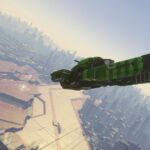



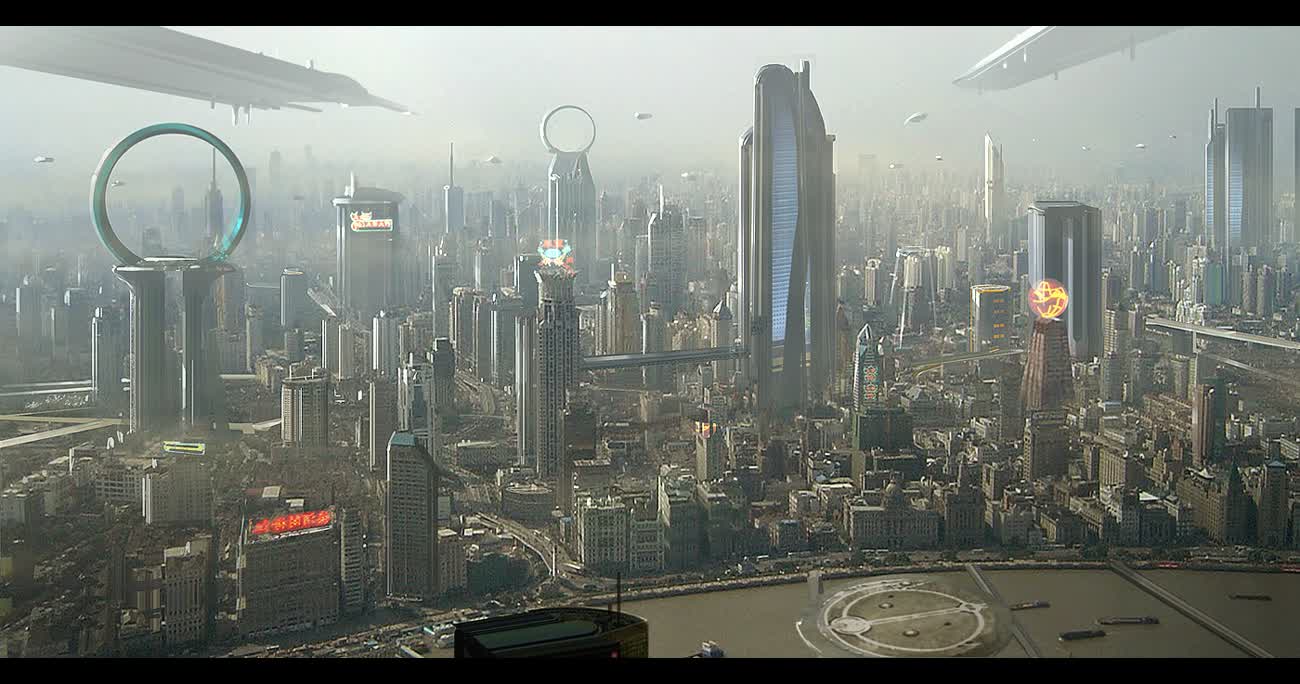

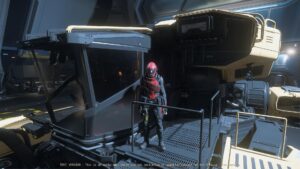
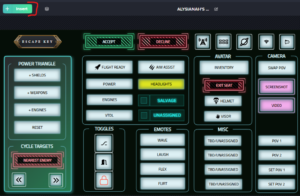
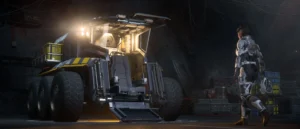
More Stories
The Genesis of Space Whales
Casual Citizen S2E3 – Birdcage
Casual Citizen S2E2 – Shifting Sands P2